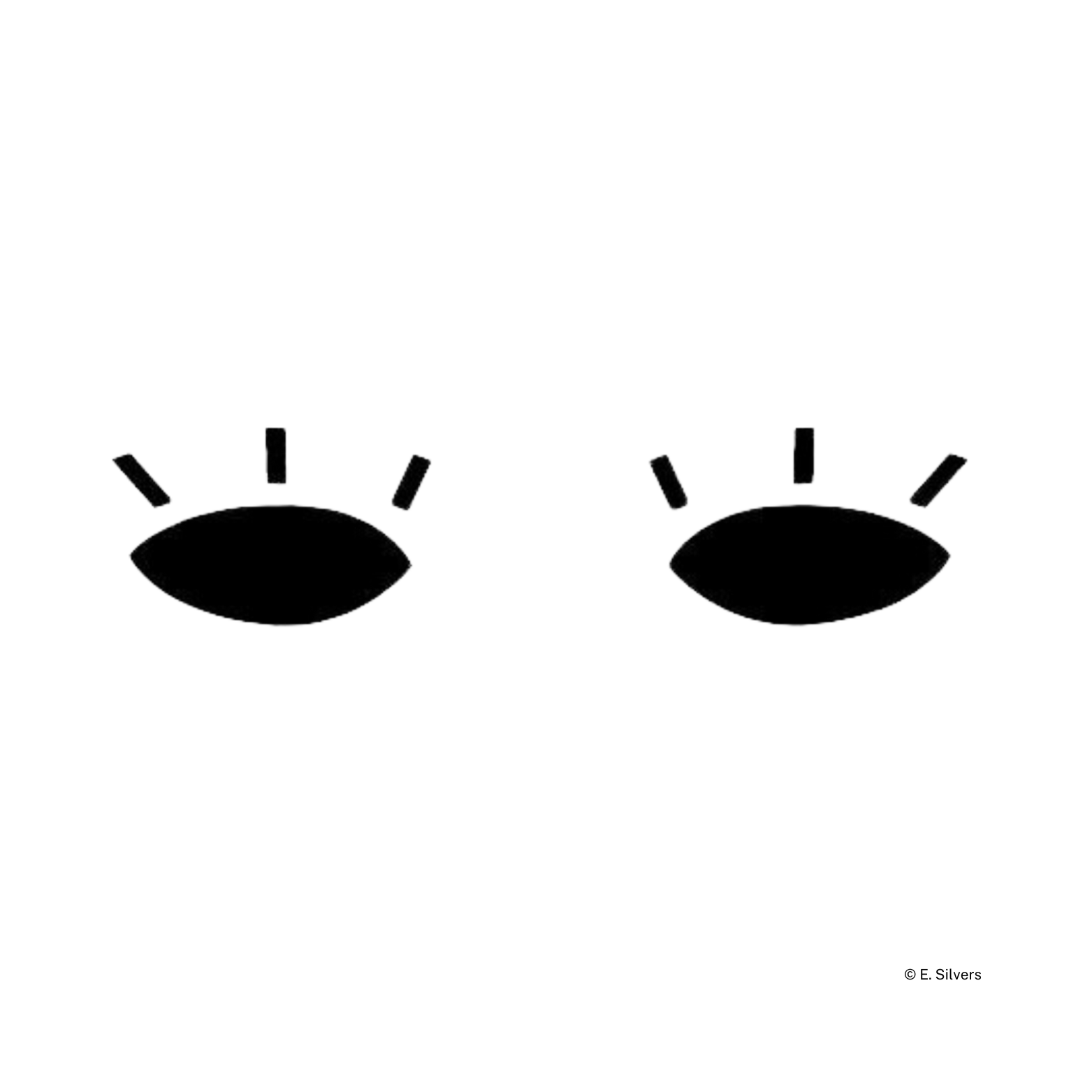Discredit The Witness
Just like in a real case, witnesses are crucial in discovering the mystery. Some witnesses even witness the entire crime. When they do, it’s even more thrilling when they’re discredited by something (or someone) and not believed by anyone.
Thank you for reading this post, don't forget to subscribe!Witnesses can be discredited by many things. They could be (or seen as) mentally or emotionally unstable, have a habit that makes them look suspicious like laughing when they should cry, be an ex-criminal, or even just have someone of greater influence opposing them.
“And somehow, I believed him…”
Beware the leap of faith. People don’t just believe people like that—or do they? They need a concrete reason to, at least. If you insist on bringing beautiful trust into your story, make it believable by still correctly following your character’s morals. People don’t change overnight. Your readers will notice this inconsistency and weakness in your plot.
Plant Your Clue Early
Put the clue somewhere in the very beginning of your story before it begins. Usually story beginnings act more as an introduction to the plot and character(s)—unless the author chooses to begin with some action. Regardless, most readers won’t be expecting a crucial clue or hint to be revealed in the first few pages.
Lead Them Far Away…
Misdirection is an author’s best friend. Redirect your reader’s attention away from the truth by leading them off course with false clues. Your false clue could even be revealed at the same time as the real one.
As the reader is paying attention to a completely other set of clues entirely, they will be lead astray into a parallel plot-line. This adds mystery and suspense as things start to “not quite add up” and the reader is forced to look for more clues.
Clues can be revealed in the form of relationships, observations, physical evidence like fingerprints, dialogue, and much more. I will expand on this idea in another article. Once I do, I’ll add a link here.
Change How It Looks
You can change how clues appear in many ways. One way is to make a truth “ugly.” If the truth is “ugly” it may be doubted on that alone. People tend to prefer beautiful and positive things over ugly and cruel things, of course. This leads to denial, doubt, and confusion about the facts found—which is are great moods to add to a mystery or psychological thriller.
